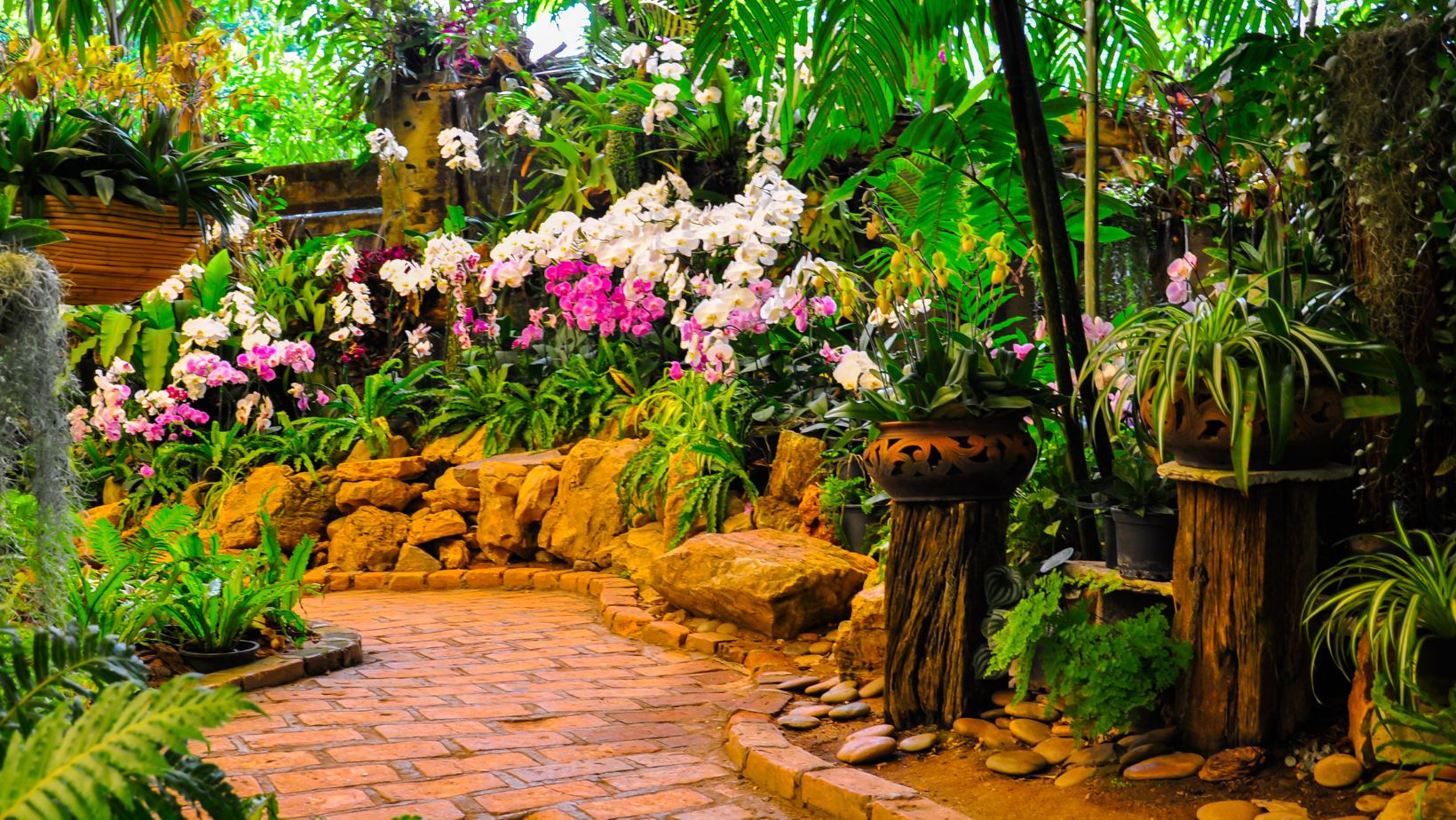
Finding second-hand gems requires a blend of patience and curiosity. Start with flea markets and yard sales. Early mornings usually offer the best selection. Vendors are still arranging their wares, and hidden treasures haven’t yet been snapped up.
Online marketplaces can be equally fruitful. People clearing garages or moving homes often list unique items at low prices. Local groups and apps make it easy to score nearby finds without hefty transport fees.
Don’t overlook personal networks. Friends and family members often have forgotten items tucked away — old patio tables, ceramic pots, and even retired restaurant furniture no longer needed. These often come with the bonus of meaningful stories and, sometimes, the irresistible price of “just take it.”
Not everything aged is worth adopting. Some flaws go beyond charming and become impractical. Rot, deep cracks, and unsalvageable rust may spell the end for some pieces.
Yet, many items just need a little imagination. A rusted metal chair can become a quirky plant stand. Scratched wooden ladders transform into vertical gardens. Old crates offer rustic shelving or planter bases.
The trick is to see through the present condition and visualize the potential. Ask yourself: Can this be cleaned, painted, or repurposed? If yes, it deserves consideration.
In outdoor settings, durability matters. Metals like iron and aluminum fare well outdoors (with occasional rust control), while solid hardwoods (think teak and oak) are champions of resilience. Plastic is less charming but lightweight and water-resistant.
Textiles fade fast unless designed for the outdoors, so cushions and fabrics may need extra care or swapping. Glass can be tricky — fragile and unforgiving in storms.
A smart rule of thumb: prioritize structural integrity first. Decorative touches can always be added later, but a wobbly chair or crumbling table is unlikely to become a treasured fixture.
The Transformation
Once you’ve gathered your finds, the real fun begins. Upcycling gives preloved pieces new life. Wooden drawers become tiered herb gardens. Colanders transform into hanging planters. An old door leans gracefully as a vertical trellis.

Birdhouses from leftover timber can add charm and serve a purpose — inviting feathered friends that help with pests. Even broken tools like rakes or shovels become hooks or rustic wall art. No strict rules apply. Creativity thrives outdoors, where quirky is not just accepted but celebrated.
Uniformity rarely makes a garden sing. Mixing materials — weathered wood, sleek metal, glazed ceramics — build layers of texture that bring a space alive.
Vintage metal chairs next to a reclaimed wood table. Stone pots nestled among vibrant textiles. Clay pots stacked beside recycled glass ornaments.
Diversity in materials reflects nature’s own mashup of textures and colors. Gardens thrive on variety. So should the decor within them.
Preserving second-hand finds isn’t difficult, but it does require attention. Wood can be sealed with outdoor varnishes. Metals benefit from rust-resistant paint or sealants. Fabrics need waterproof treatments or smart storage solutions — removable covers or quick-dry materials.
Finishing touches matter, too. Solar string lights thread charm through trellises. Eco-friendly candles create a soft nighttime ambiance. A few well-placed stones or driftwood pieces tie everything together, effortlessly blending crafted decor with the organic beauty of the garden.
The Story Garden
Every garden tells a story. Why not make each corner a chapter? A bistro set and wind chimes can form a cozy reading nook. Nearby, a cluster of ceramic pots might create a meditative zone, perfect for early morning coffee. Around the corner, a children’s play space could feature whimsical signs and upcycled toys.
Creating zones adds meaning without cluttering. Guests naturally drift from one vibe to another, and the garden feels larger and more inviting.
When sourced second-hand, every item arrives with baggage — the good kind. A bench from a neighbor’s yard sale might have hosted countless family barbecues. That cracked ceramic birdbath may have outlived its original garden but gets new life among native plants.
These aren’t just objects; they are conversation starters. They make visitors pause and ask, “Where did you find this?” Sharing their stories turns the garden from merely beautiful to deeply personal.
Big pieces anchor, but small details enchant. Textiles soften hard surfaces and add color — weather-resistant cushions, outdoor rugs, or repurposed curtains. Solar lanterns and fairy lights create a dreamy atmosphere at dusk.

Adding wildlife-friendly elements brings movement and life. Bird feeders made from teacups, insect hotels crafted from wood scraps, or even a shallow water dish for bees help transform the space into a true living sanctuary.
A Garden With Character
New things can feel lifeless. Pristine, yes, but sterile. Second-hand gardens carry the fingerprints of time and human touch.
Scratches on the table, chipped paint on a plant pot — these imperfections weave subtle narratives. They connect us to those who came before and invite us to become part of the object’s journey.
There’s a softness and warmth to a space where nothing is too perfect. Visitors linger longer, sensing the garden’s relaxed nature. It’s a quiet magic, hard to replicate with store-bought sets.
A second-hand garden is never truly finished. That’s its charm. Pieces can be rotated as seasons change. A metal rack might hold winter firewood, then summer flowers. Blankets and textiles swap colors and patterns throughout the year.
The freedom to edit without guilt — after all, nothing costs a fortune — encourages gardeners to play. This playful, evolving relationship keeps outdoor spaces lively and responsive to mood, weather, and whim.
A well-loved garden is much like a favorite cafe — unpretentious, layered, and welcoming. In fact, while many obsess over designer sets, the humble addition of old restaurant furniture — perhaps a sturdy wooden table with stories of past meals — can ground the space and make it feel surprisingly intimate.
When gardens grow organically, fed by creativity rather than catalogs, they do more than look good. They feel lived in. And that, perhaps, is the ultimate goal.












